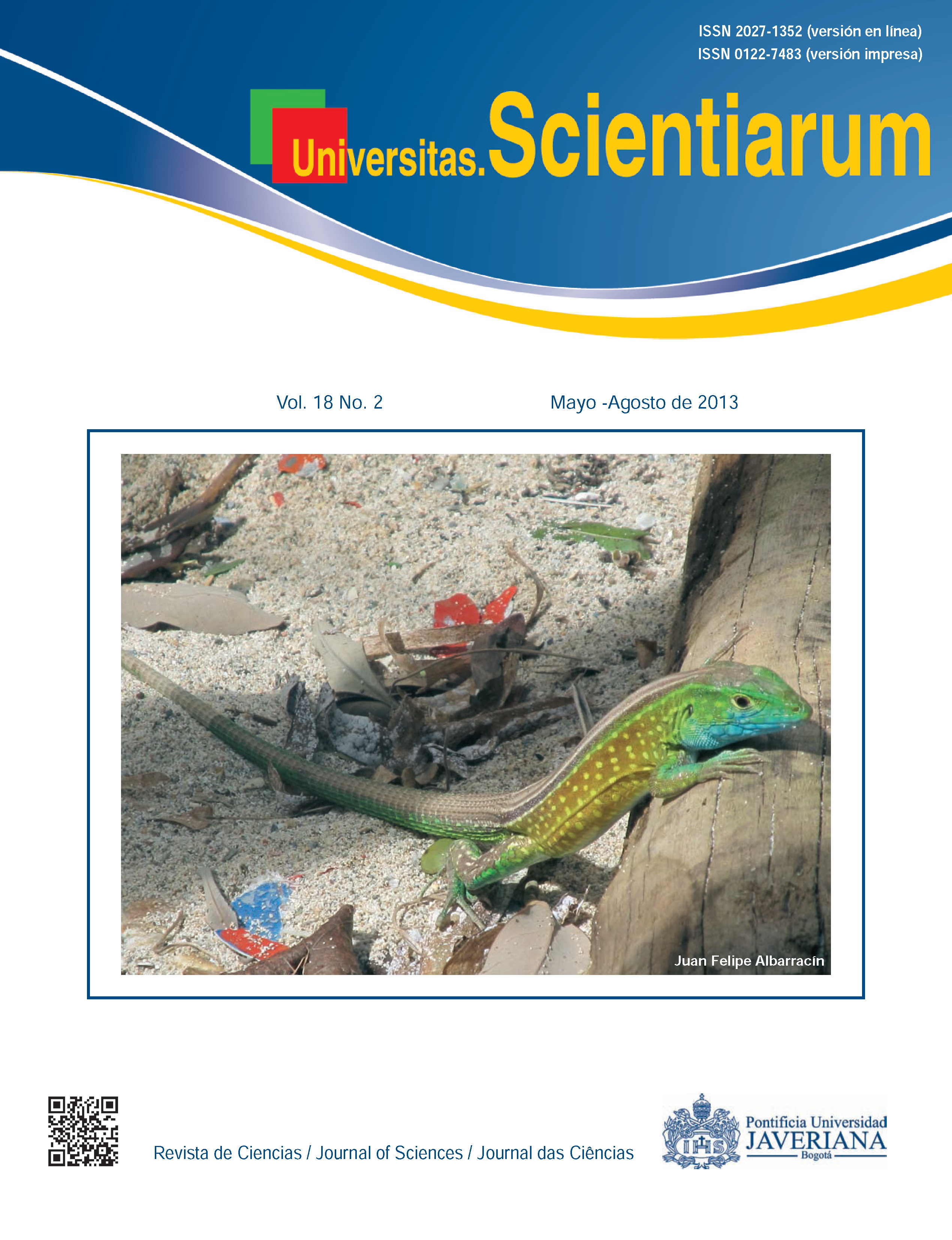Abstract
The seed maggot, Delia platura, is a major pest of spinach crops in the savanna of Bogotá. In Colombia, chemical insecticides are used to manage the pest; however, because its management is not integrated, information about pest management in spinach is still undetermined. Here, we evaluated the susceptibility of D. platura to seven species of entomopathogenic nematodes from the central Andean region of Colombia. Additionally, under laboratory conditions, we produced and evaluated different doses of infective juveniles (IJs) of the most virulent species. In the laboratory, we used yellow potatoes (Solanum phureja) for breeding to obtain third instar larvae; we then exposed them to infective IJs 2500/species. Once we selected the most virulent species, we exposed D. platura to 500, 1000, 2000, 4000 and 8000 IJs/larvae. We obtained the best results with Steinernema sp.3 with mortality of 75-88% at doses of 4000-8000 IJs, and found that DL50 is 1314 JIs/larvae and DL95 is 15259 JIs/larva. We also evidenced the successful reproduction of Steinernema sp.3 in D. platura, with a mean production of 670±7.67 JIs/larvae for eighteen days. Thus, the seed fly is highly susceptible to Steinernema sp.3 making this species a potential controlling agent for this pest.
Univ. Sci. is registered under a Creative Commons Attribution 4.0 International Public License. Thus, this work may be reproduced, distributed, and publicly shared in digital format, as long as the names of the authors and Pontificia Universidad Javeriana are acknowledged. Others are allowed to quote, adapt, transform, auto-archive, republish, and create based on this material, for any purpose (even commercial ones), provided the authorship is duly acknowledged, a link to the original work is provided, and it is specified if changes have been made. Pontificia Universidad Javeriana does not hold the rights of published works and the authors are solely responsible for the contents of their works; they keep the moral, intellectual, privacy, and publicity rights. Approving the intervention of the work (review, copy-editing, translation, layout) and the following outreach, are granted through an use license and not through an assignment of rights. This means the journal and Pontificia Universidad Javeriana cannot be held responsible for any ethical malpractice by the authors. As a consequence of the protection granted by the use license, the journal is not required to publish recantations or modify information already published, unless the errata stems from the editorial management process. Publishing contents in this journal does not generate royalties for contributors.



